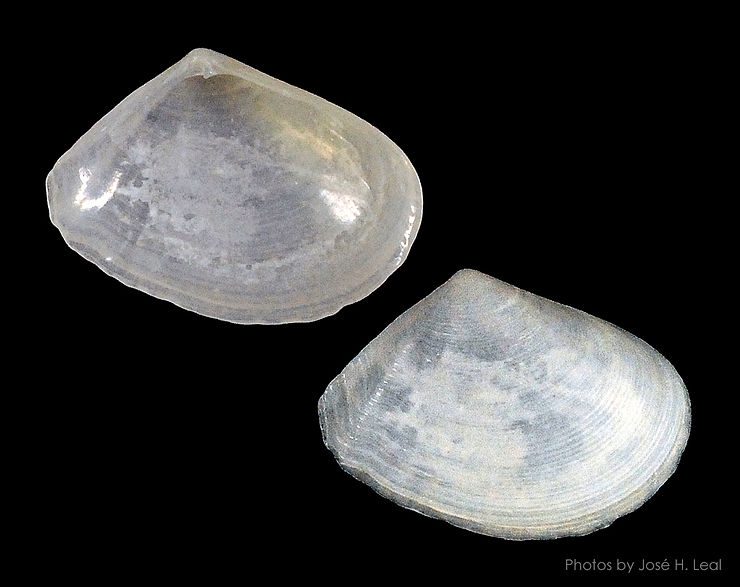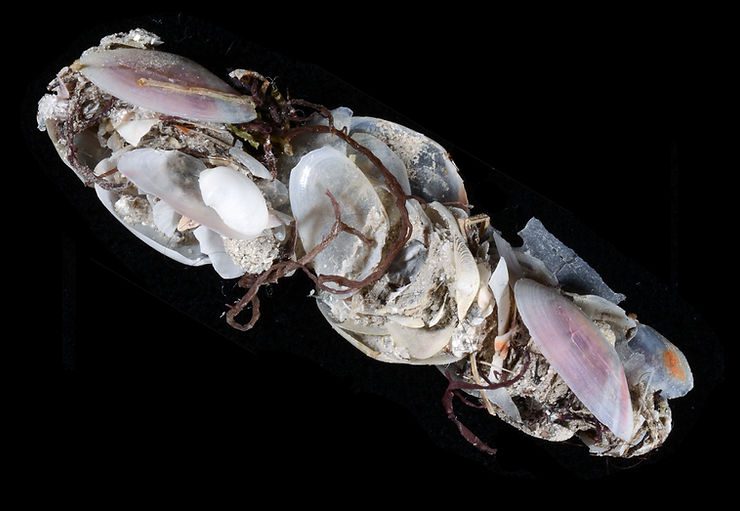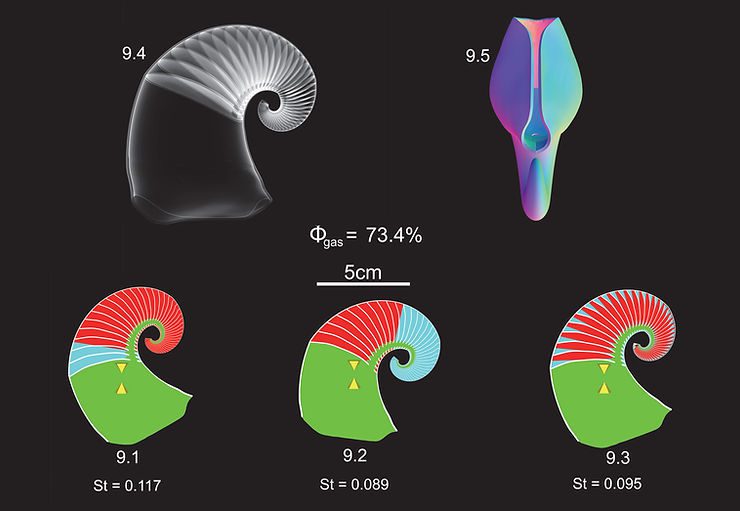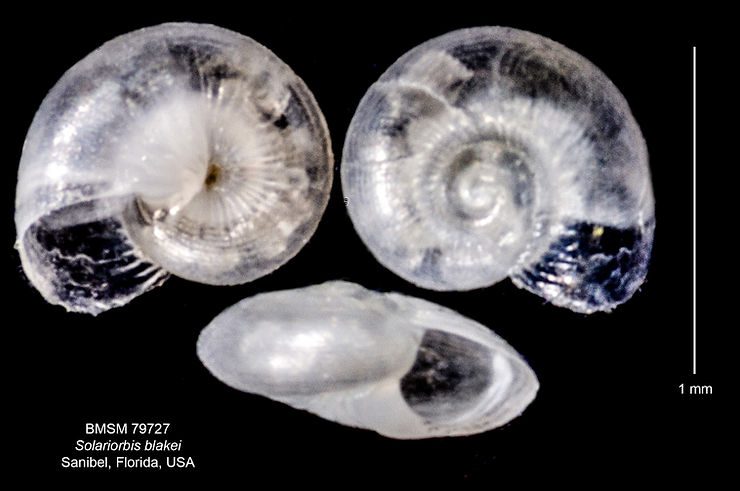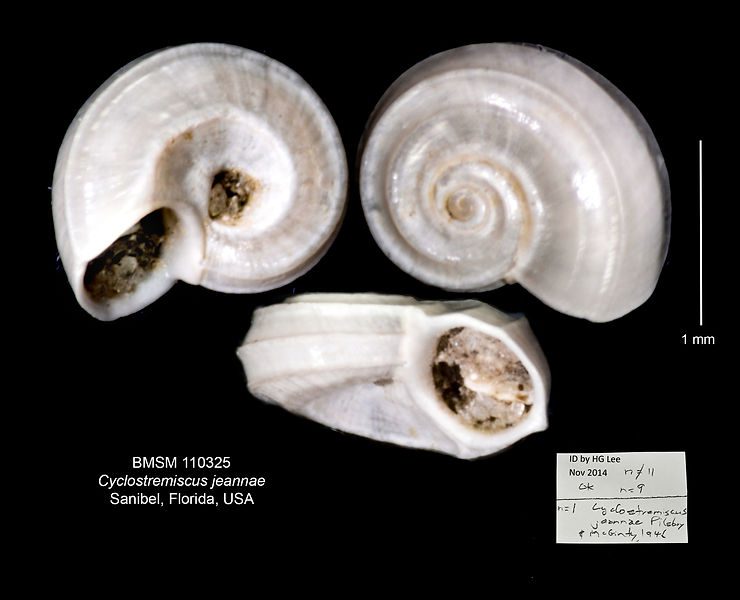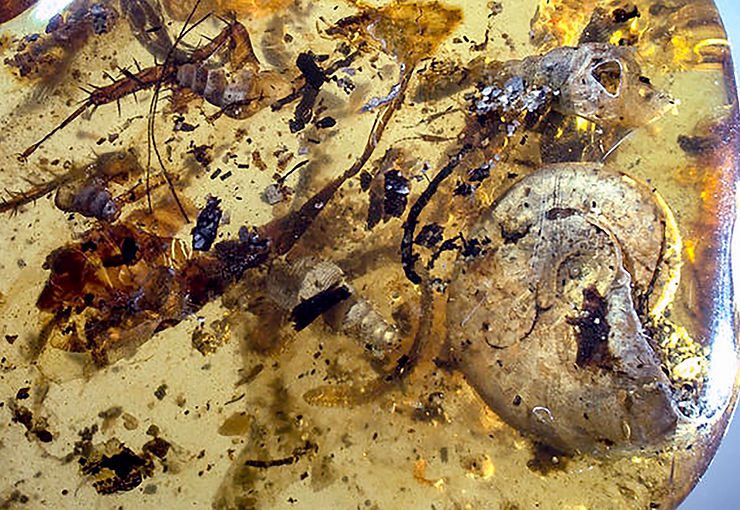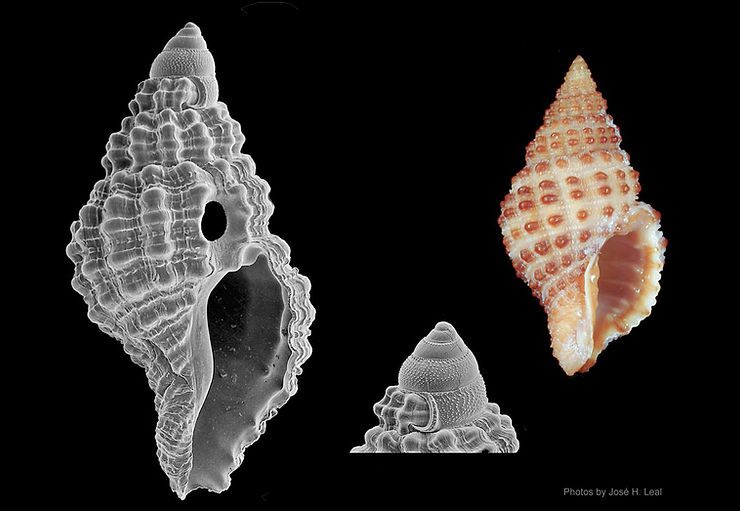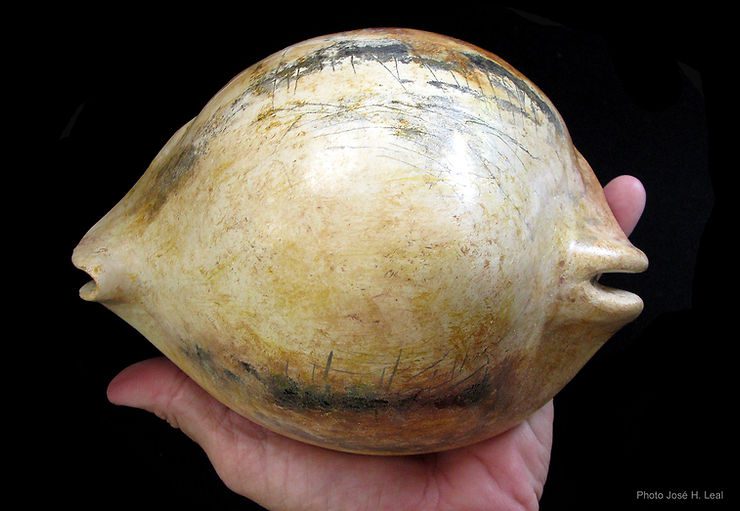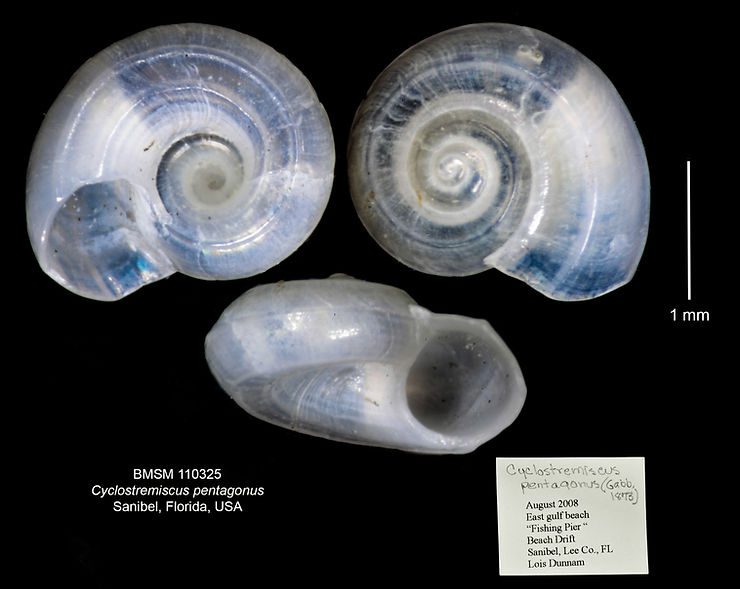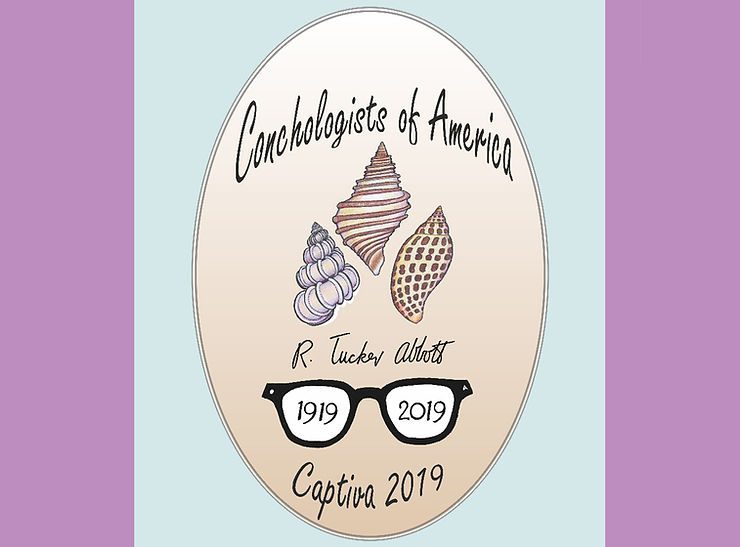
COA Convention Next Week!
The 2019 Convention of Conchologists of America honors the 100th Birthday of noted malacologist and our Museum’s Founding Director Robert Tucker Abbott. The activities will begin this Monday, June 17, with field trips. On Tuesday, the Museum is offering a Welcome Reception to registered participants (at the Sanibel Community House). The proceeds will end on Sunday, June 23. Learn more about the 2019 COA Convention here.
